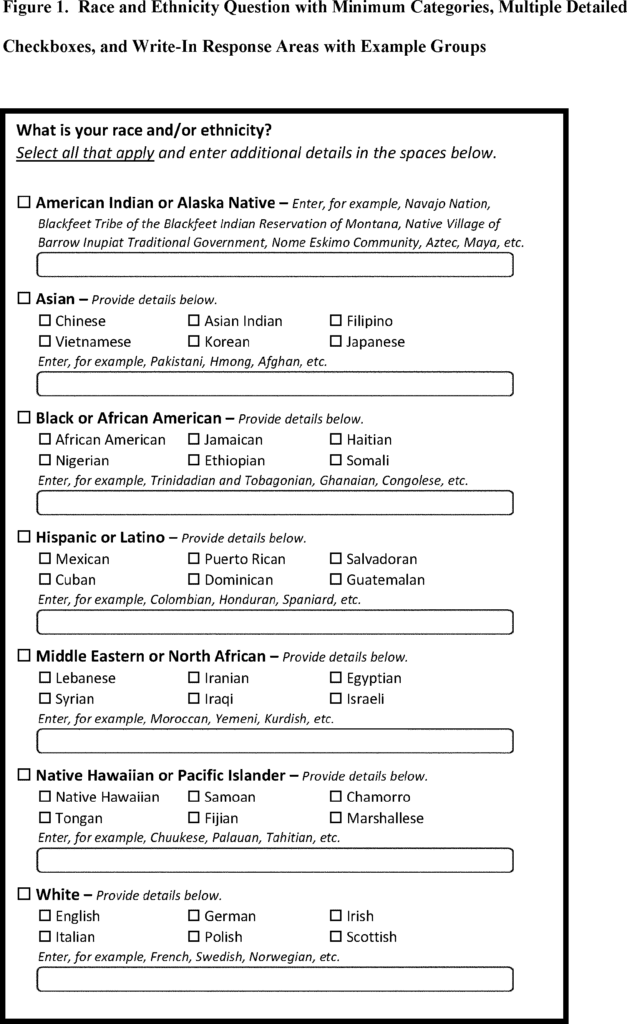Navigating Census Changes: What You Need to Know
In an era where understanding the diverse makeup of our society is crucial for equitable policymaking and resource allocation, changes in census methodologies warrant attention. The recently revised SPD 15 (Statistical Policy Directive 15) sets forth new guidelines for collecting data on race and ethnicity. These changes aim to provide more nuanced insights into the demographic landscape of the United States. Let’s delve into the key alterations and their implications.
Revised Standards:
Under the updated SPD 15, federal agencies are required to gather detailed data on race and ethnicity beyond the minimum categories. However, exemptions may be sought if the additional burden or privacy risks outweigh the potential benefits. Agencies opting for exemptions must justify their decision, ensuring transparency in the process.
Detailed Categories:
The revised standards mandate detailed categories for various racial and ethnic groups. For instance:
- Asian: Including Chinese, Asian Indian, Filipino, Vietnamese, Korean, Japanese, and an option for another group.
- Black or African American: Encompassing African American, Jamaican, Haitian, Nigerian, Ethiopian, Somali, and an option for another group.
- Hispanic or Latino: Covering Mexican, Puerto Rican, Salvadoran, Cuban, Dominican, Guatemalan, and an option for another group.
- Middle Eastern or North African: Consisting of Lebanese, Iranian, Egyptian, Syrian, Iraqi, Israeli, and an option for other groups.
- Native Hawaiian or Pacific Islander: Involving Native Hawaiian, Samoan, Chamorro, Tongan, Fijian, Marshallese, and an option for another group.
- White: Enlisting English, German, Irish, Italian, Polish, Scottish, and an option for another group.

Flexibility and Write-In Fields:
To ensure inclusivity and accuracy, respondents are offered the option of selecting one or more racial and ethnic designations. Additionally, where feasible, write-in fields are provided, allowing individuals to self-identify more specifically. This is particularly important for the American Indian or Alaska Native category, where detailed categories are not mandated.
Question Formats:
Agencies have flexibility in organizing response options, typically ordering them alphabetically or by population size. Figures provided alongside the standards offer illustrative examples of question formats, catering to different data collection scenarios.
Implications and Considerations:
The changes introduced by SPD 15 aim to enhance the granularity and reliability of census data. By allowing for detailed categorization and write-in options, the revised standards acknowledge the complexity and diversity within racial and ethnic identities. However, agencies must balance this with considerations of privacy, burden, and data consistency.
Conclusion:
Navigating census changes is vital for ensuring accurate representation and equitable decision-making. The revised SPD 15 introduces nuanced standards for collecting data on race and ethnicity, offering flexibility while maintaining rigor. As we strive for a more inclusive and comprehensive understanding of our society, adherence to these standards is paramount.
In embracing these changes, we move closer to a census framework that truly reflects the rich tapestry of American demographics.

